*Halloween Special: Top 10 of Ireland's most scary sea creatures!
*Halloween Special: Top 10 of Ireland's most scary sea creatures.
ORCA SciComm Team | 31st October 2021
This Halloween ORCA Ireland embark on a journey to the deep, to show you some of the strangest and scariest animals found in the ocean, from the deep sea, to myths and legends, and species that are extant (i.e. living) and extinct! There are many terrifying and dangerous animals that live in our oceans, here to accompany us on this planet. Have you ever given a thought about the scary marine wildlife you may be able to find in Ireland? Let's dive in and explore what scary marine animals are found in Irish waters.
1.Extant | The Basking Shark:
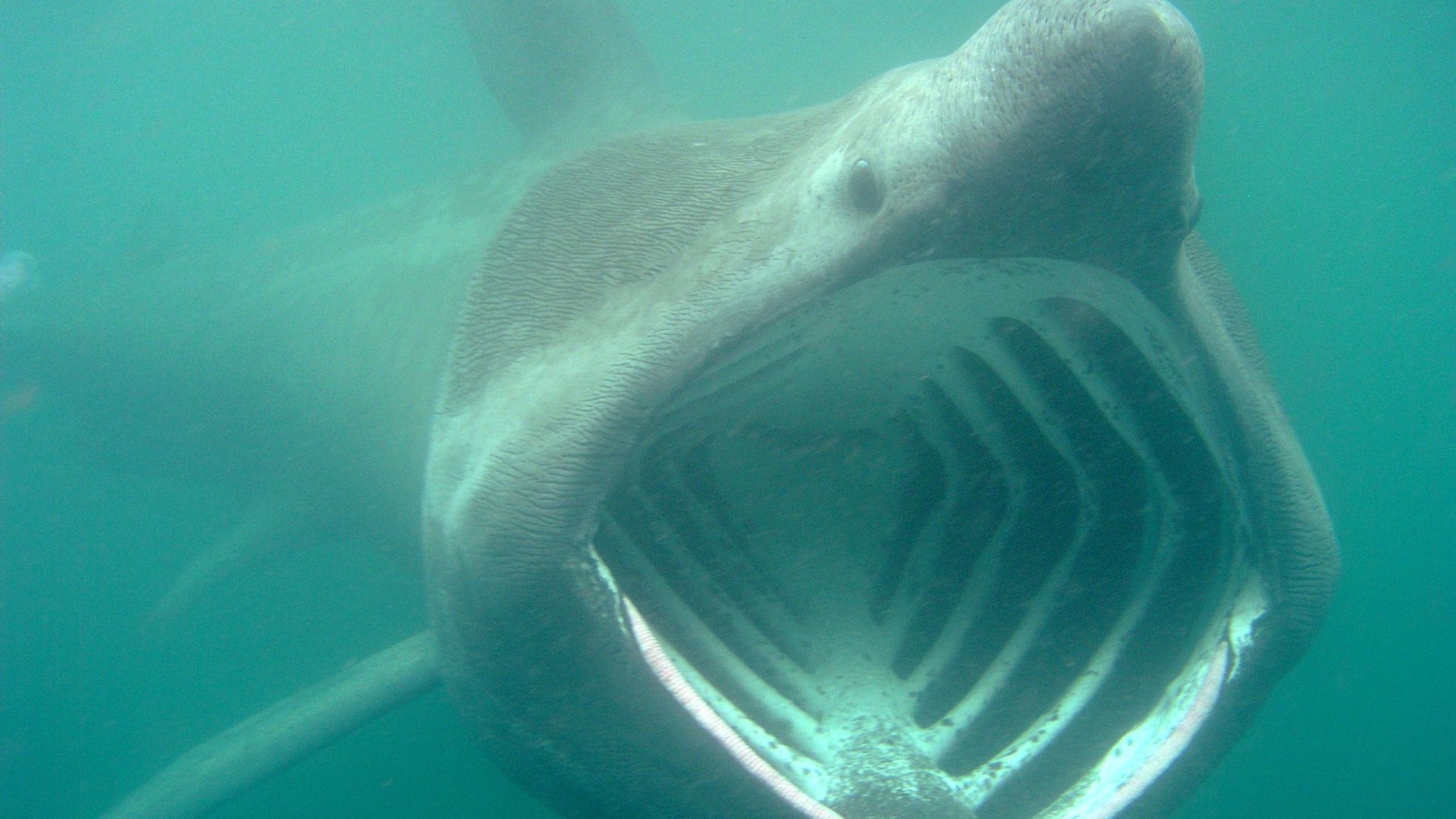
The basking shark (Cetorhinus maximus) is the second largest living shark in the world after the whale shark. This megamouth sharks with well developed gill rakers can reach 7.9 meters in length, but no need to worry - this friendly, albeit prehistoric and rather unusual looking fish is no threat to people, feeding exclusively on plankton! This slow-moving shark species is a filter feeder. These sharks are active all year round, but as the name suggest love to bask in the sun, and can be found in large numbers off the Irish coast every year in spring/early summer. With a long lifetime of 50 years, it is likely you will encounter a basking shark at some stage if you hang out by the sea in Ireland.
2. Extant | The Conger Eel:
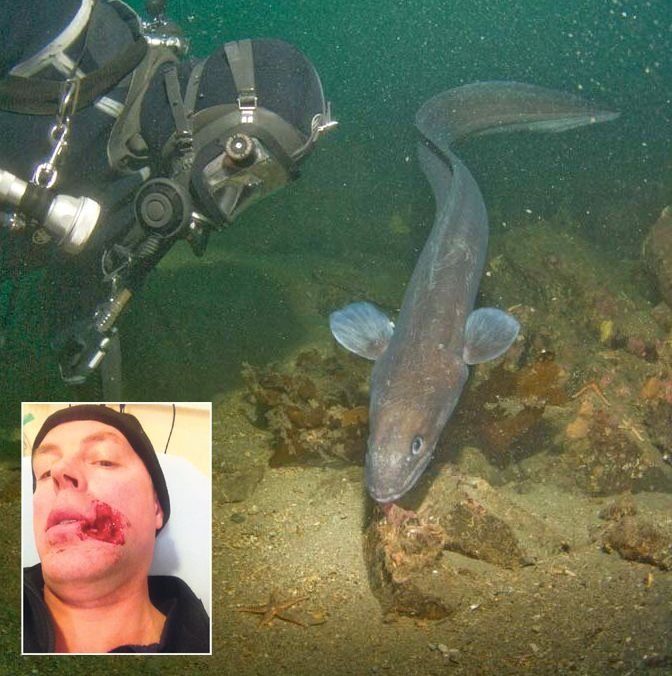
The European Conger eel (Conger conger) is the largest eel in the world - it grows up to 3m in length and weighs up to (or even more) than 110kg. Like all eels, it has elongated, but very strong body - dark (sometimes black) back, transitioning to white/grey on the belly; and it's skin is without scales. The snout is prominent and rounded, with plenty of teeth arranged in rows - sign of predator. Feeds mostly during night and rests during the day in some hole, cave or even hidden in the sand (smaller specimens). Nonetheless, if provided with opportunity, it will take bait even during the day. It reproduces only once in its life - mostly during winter. In 2013, a Galway based diver who was diving at 25 meters depth was attacked by a conger eel.
3. Myth | Selkie
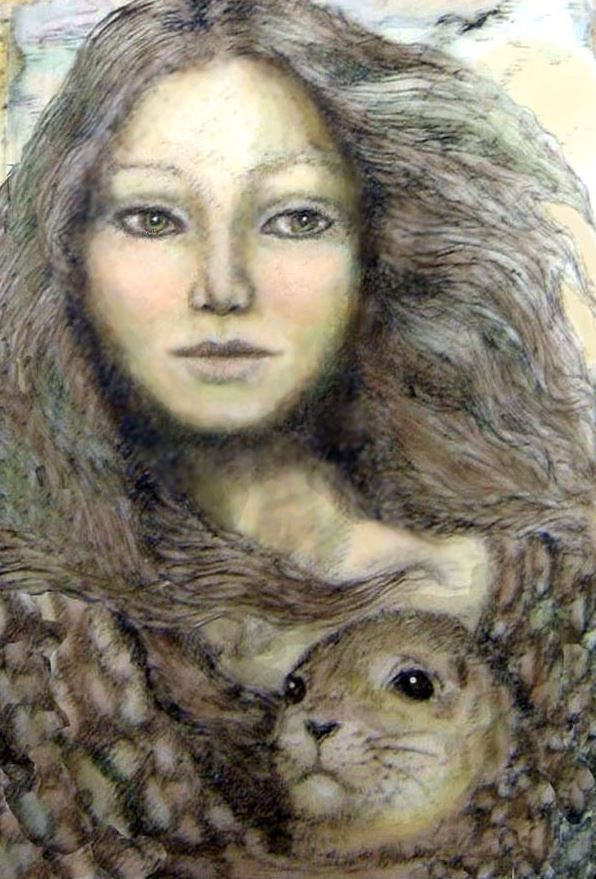
Perhaps one of the most famous mythical sea creatures in Irish and Scottish legends are the Selkies, or Seal Folk. Selkies are mythological beings capable of therianthropy, changing from seal to human form by shedding their skin. In short, the legend of the selkie is Ireland’s concept of a mermaid, and for some reason, they are irresistible to ordinary humans, who are apt to fall in love with the seal people. Selkies are often sighted by those living in remote coastal areas. Legend has it that in order to come ashore, selkies must first shed their skin or tail. And if you manage to find that skin and hide it away, the seal person cannot return to the sea. Irish folklore is littered with tales of men and women (usually men) finding a selkie skin and hiding it, then marrying the selkie woman.
4. Myth | Salmon of knowledge
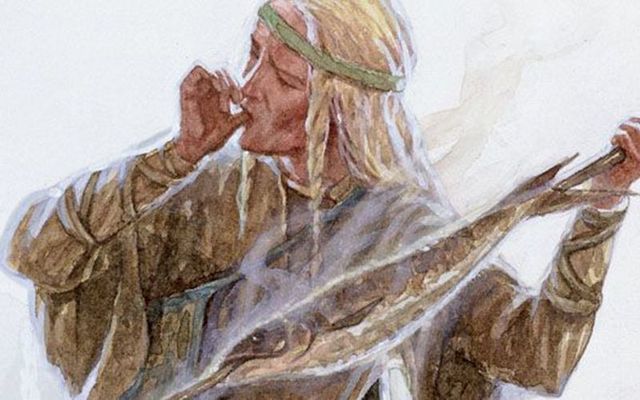
The Salmon of Knowledge (An Bradán Feasa), is a fish from the Fenian Cycle of Irish Mythology. According to Irish mythology the first thing to ever come into creation was a hazel tree, and in it's branches was contained all the knowledge of the universe. This hazel tree flourished over the Well of Wisdom (Tobar Segais) within which lived a great speckled salmon. The story goes that the salmon ate the hazel nuts which on one occasion fell into the well, thus acquiring all the wisdom of the universe. It was foretold that the first person to catch and eat the salmon would gain this knowledge and that a man by the name of Fionn would be the one to do so.
Nonetheless, many tried and failed, until a poet named Finnegas having spent seven years fishing the Boyne caught it. Finnegas instructed his apprentice, a young boy named Deimne Maol, to prepare it for him. Deimne burned his thumb bursting a blister on the cooking salmon. Instinctively he put his thumb into his mouth to ease the pain and in an instant acquired all its knowledge. When Dimne brought the cooked meal to Finnegas, his master saw something in the boy's eyes that had not been there before. When asked by Finnegas, Deimne denied that he had eaten of the fish. When pressed, he admitted his accidental taste. What the old poet hadn't known was that Deimne had another name, given to him by his mother - Fionn, meaning fair haired one. It was this incredible knowledge and wisdom gained from the Salmon of Knowledge that allowed Fionn mac Cumhaill to become the leader of the Fianna, the famed heroes of Irish myth. He was killed at Áth Brea or Ford of Brea on the Boyne.
5. Extinct | Ammonite
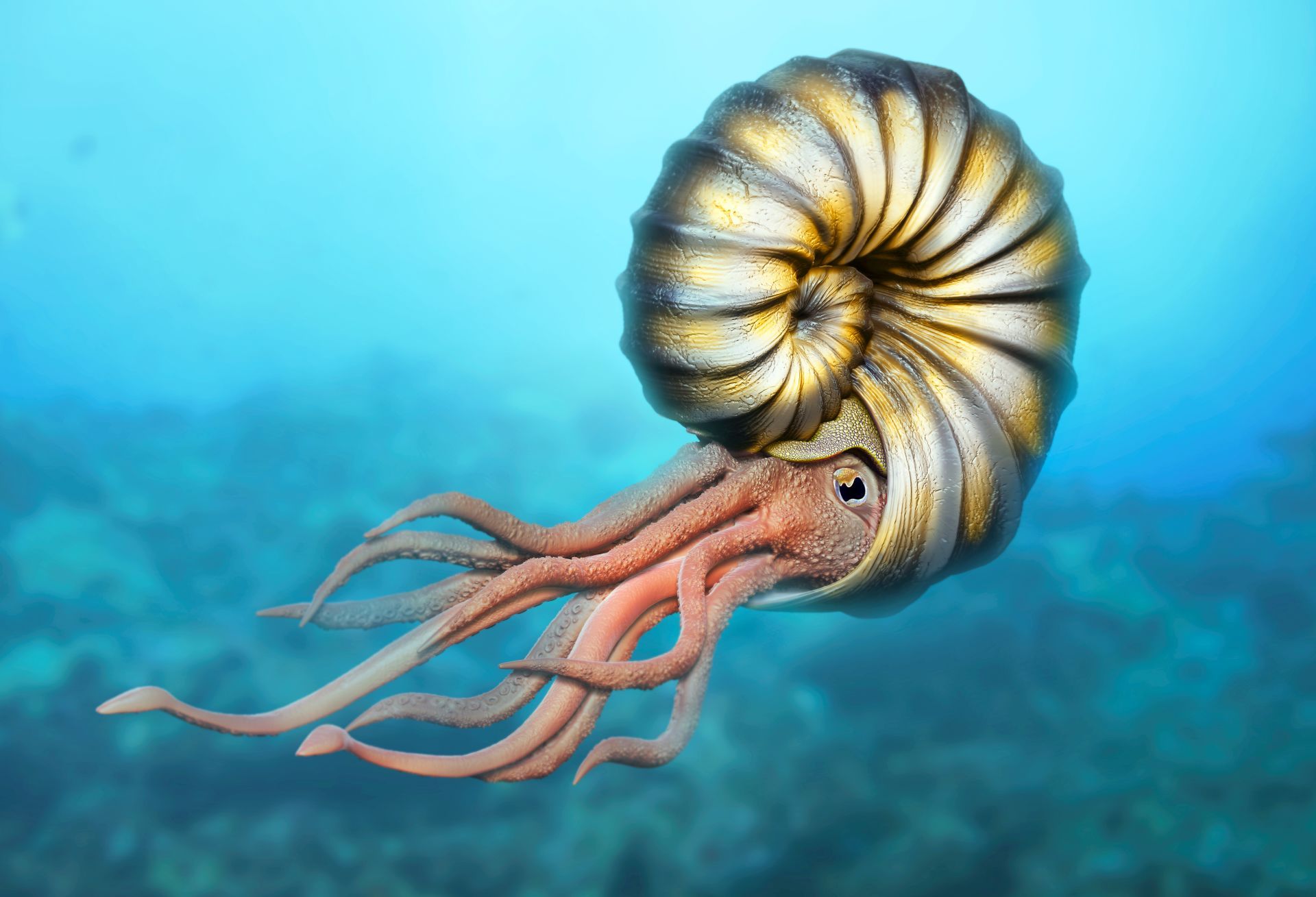
With squid-like tentacles extending from their distinctive multi-chambered shells, the extinct marine predators known as ammonites were once among the most successful and diverse animals on Earth. In Ireland ammonite-bearing rocks from the Jurassic (200 to 145 million years ago) and Cretaceous (145 to 65 million years ago) periods, are found only in the north-east, mostly in counties Antrim and Derry. Even here no trace survives of any Middle Jurassic, Upper Jurassic or Lower Cretaceous rocks. The Jurassic is represented here by the Waterloo Mudstone Formation, or Lias Clay, which represents only the lower part of the Lower Jurassic (from about 200 to 190 million years ago). Ammonites are common and conspicuous fossils in many places where these clays are exposed.
6. Extinct | Tetrapod
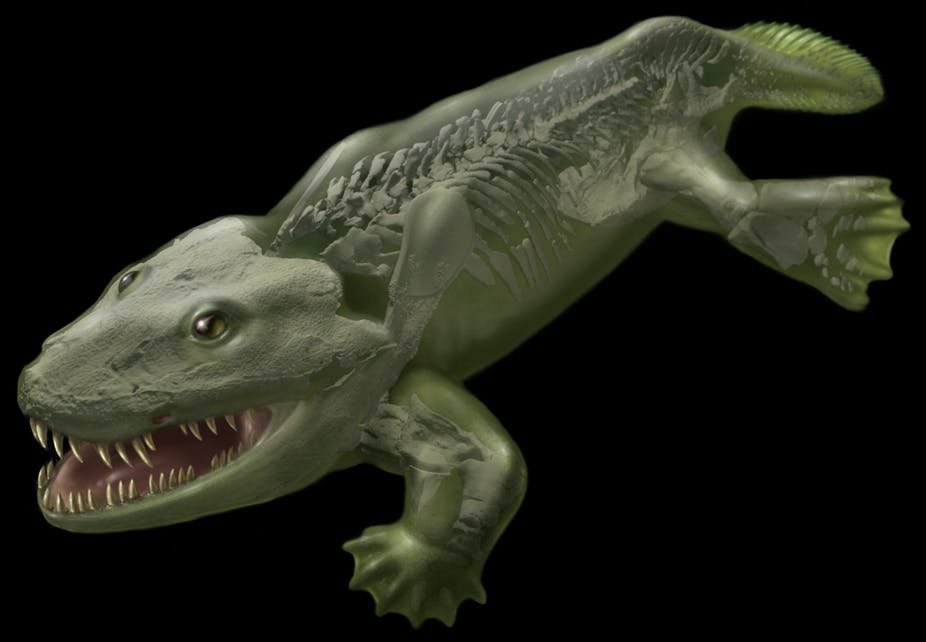
Tetrapods (four-limbed animals) also roamed around Ireland 325-million years ago, like a recent discovery from Doolin, Co Clare. Here, two tiny bones of an ancient tetrapod were found by Dr. Eamon Doyle, geologist with the Burren and Cliffs of Moher, Burren Geopark, and fossil vertebrate researcher Aodhan O'Gogain from Trinity College Dublin. These are the oldest known tetrapod bones in Ireland.
7. Extant | Portuguese Man-War

The Portuguese man o' war (Physalia physalis), also known as the man-of-war, bluebottle, or blue bottle jellyfish, is one of the most venomous marine hydrozoans found in the Atlantic Ocean and the Indian Ocean. As one of the most venomous marine species in Ireland. The Portuguese Man o’ War may look like a bloated jellyfish, but it’s actually a siphonophore —a bizarre group of animals that consist of colonies made up of dozens, hundreds, or even thousands of genetically-identical individual creatures. A siphonophore starts out as a fertilised egg. As it develops, it starts "budding" into distinct structures and organisms. These tiny organisms—called polyps or zooids—can’t survive on their own, so they merge together into a tentacled mass. They must cooperate as one in order to do things like travel and catch food.
8. Extant | Atlantic star gazer
Meet the "meanest fish in creation", the electric, venomous stargazer fish - and now the latest addition to your nightmares – this creepy looking fish lives in shallow waters and is most commonly found in the Mediterranean Sea, as well as the Atlantic Ocean. Stargazer fish are armed with a wide range of weapons and defence mechanisms and a worm-like appendage on its lower lip, which it uses to attract prey before vacuuming it up with its large mouth. Stargazers consume a variety of fish and other marine creatures like crabs – if they fall for the bait and get close enough.
9. Extant | Common skate
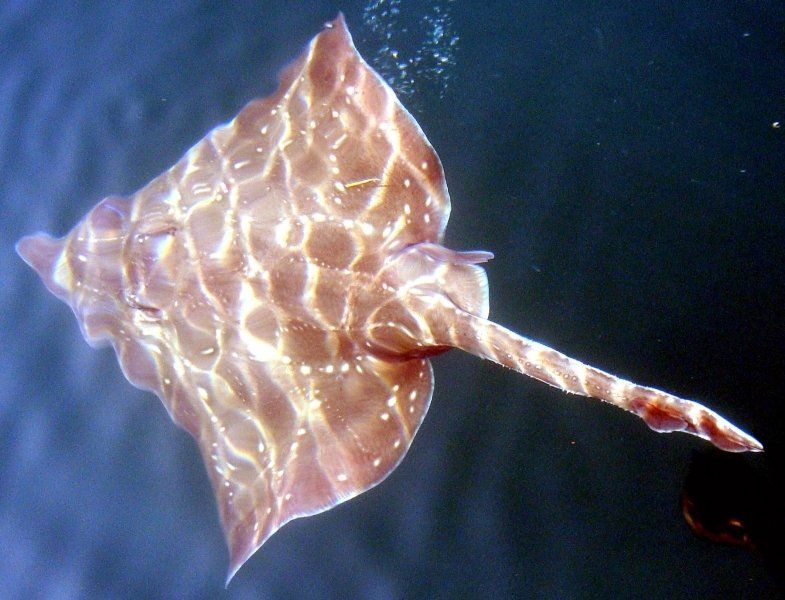
The largest species of skate in the world, the common skate is also one of Europes largest fish species. Flapper skate can reach up to 3m in length with a wingspan of 2m and weigh over 100kg! Today the Common Skate taxonomy consists of the Blue Skate (Dipturus batis) and Flapper Skate (Dipturus intermedius). The Blue Skate is smaller in size with a more southernly range. While the Flapper Skate is much larger and generally found further north. Common skate live on sandy or muddy seabeds, at depths of 600m. They forage on crustaceans with their powerful jaws, and have the speed and manoeuvrability to catch pelagic species such as mackerel too. The scariest thing about common skate is that these species are listed as Critically Endangered. Once widespread across large parts of the Northeast Atlantic, flapper skate are now locally extinct from much of their former range. This was predominantly due to unsustainable fishing throughout the 19th and 20th Centuries. Despite this, they can still be found from Iceland, Norway, and the northern North Sea around to the western British Isles and Celtic Sea.
10. Extant | Short-fin mako shark
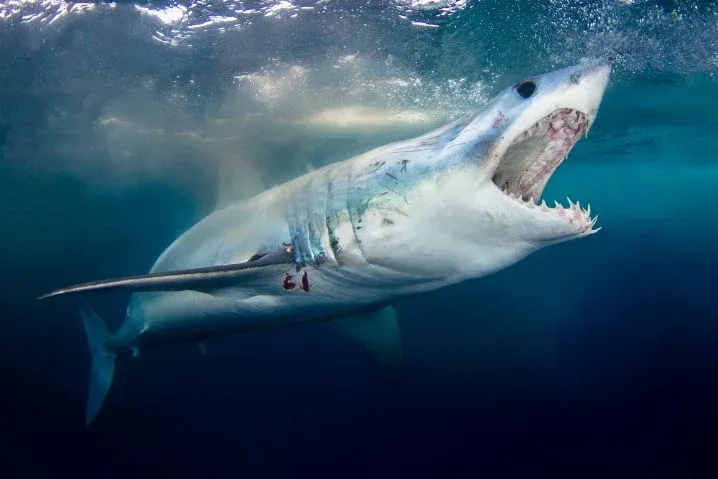
The shortfin mako shark is the deadliest fish in the sea. Every part of these apex predators is finely tuned for hunting. They can swim faster, farther, and more relentlessly than any other shark in the ocean. Mako's specialise in hunting other big game species. In short, they’re the oceans’ ultimate predators. Mako sharks come from the same family as porbeagle sharks and great whites. What sets mako's apart from other sharks is the fact that they’re warm-blooded. Makos heat up their blood in their core, red muscle. The warm blood then pumps throughout their body, keeping them warmer than the surround environment. This means makos can work their muscles harder and faster, speeding up their digestion, giving them more energy for the day’s hunt. Mako's brains and eyes are also fed by a steady supply of warm blood, keeps their minds and their eyesight sharp even in deep, near-freezing water. Combining these characteristics you get a strong, fast hunter that can adapt to any environment.
SHARE THIS ARTICLE













